Home>Gardening & Outdoor>Landscaping Ideas>How To Cover Grass With Gravel
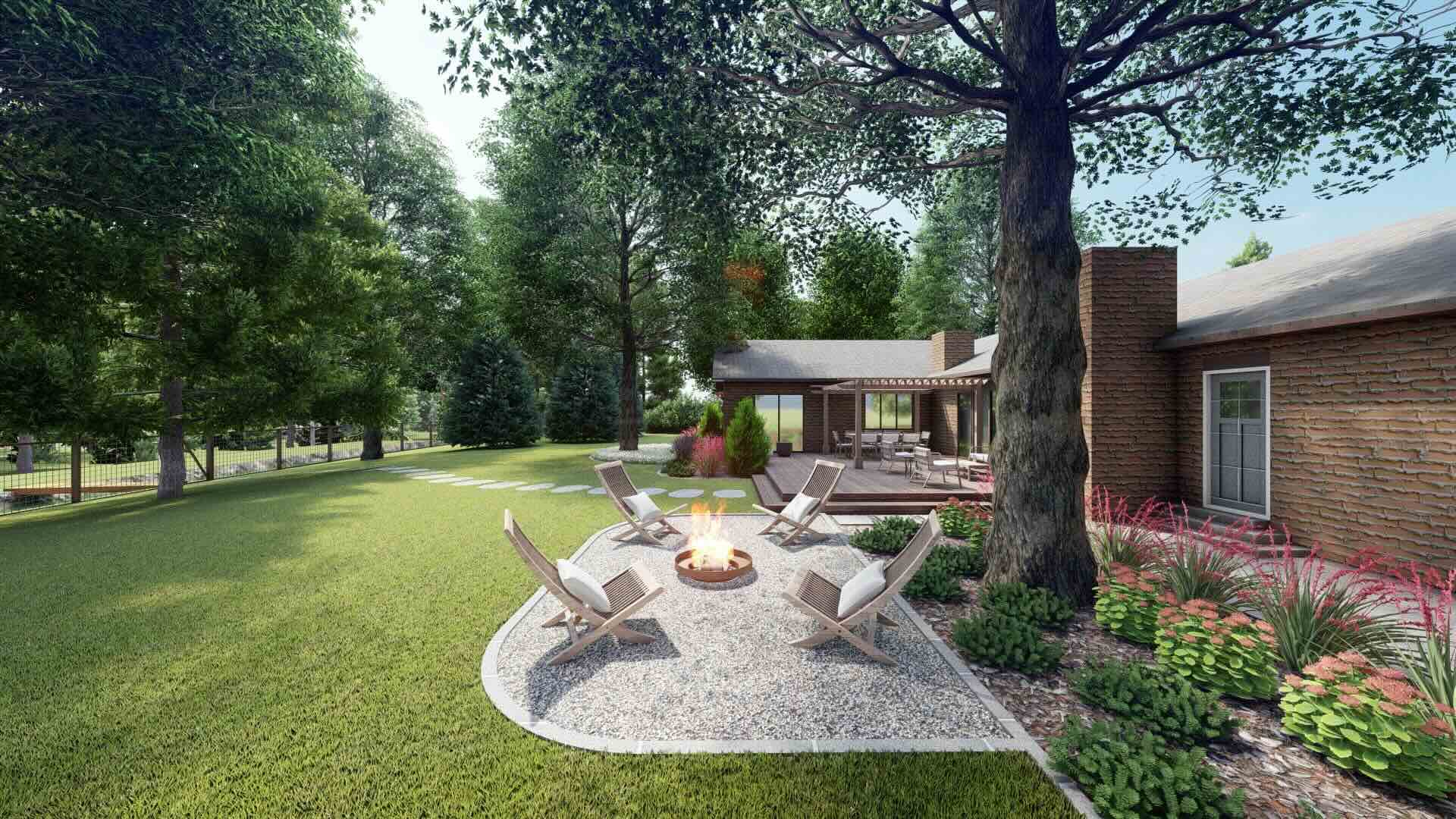

Landscaping Ideas
How To Cover Grass With Gravel
Published: January 28, 2024
Learn effective landscaping ideas with our guide on how to cover grass with gravel. Transform your outdoor space with these practical tips and create a low-maintenance, stylish garden.
(Many of the links in this article redirect to a specific reviewed product. Your purchase of these products through affiliate links helps to generate commission for Storables.com, at no extra cost. Learn more)
Introduction
Welcome to the world of landscape design, where creativity meets practicality. If you’re looking to transform your outdoor space with a low-maintenance and visually appealing alternative to traditional grass, then covering your lawn with gravel might be the perfect solution. Not only does gravel add a touch of modernity to your landscape, but it also reduces the need for constant mowing and watering, making it an eco-friendly choice.
Whether you’re aiming for a contemporary, Zen-inspired garden or seeking a durable ground cover for high-traffic areas, gravel offers versatility and functionality. In this comprehensive guide, we’ll walk you through the process of covering grass with gravel, from selecting the right type of gravel to the essential steps of preparation, installation, and maintenance. By the end of this journey, you’ll be equipped with the knowledge and inspiration to embark on your gravel landscaping project with confidence.
So, let’s roll up our sleeves and delve into the art of transforming your outdoor space into a stunning, low-maintenance haven with the timeless allure of gravel.
Key Takeaways:
- Transform your outdoor space with low-maintenance gravel, reducing the need for constant mowing and watering. Choose the right gravel type, prepare the area, lay the gravel, and maintain for a stunning, enduring landscape.
- Gravel offers versatility and functionality, from contemporary designs to high-traffic areas. Carefully choose gravel size, color, texture, and permeability for a visually appealing and practical outdoor oasis.
Read more: How To Replace Grass With Gravel
Choosing the Right Gravel
When it comes to covering grass with gravel, selecting the right type of gravel is crucial for achieving both aesthetic appeal and functionality. Gravel is available in an array of sizes, colors, and textures, allowing you to customize your outdoor space to suit your desired look and practical needs.
One of the primary considerations when choosing gravel is the size of the stones. For areas where you intend to walk or place furniture, opt for smaller gravel, such as pea gravel or crushed stone, as these provide a smoother surface. On the other hand, for driveways or high-traffic pathways, larger gravel, like river rock or crushed granite, offers enhanced durability and stability.
Color is another essential factor to contemplate. Gravel comes in a spectrum of hues, from warm earthy tones to cool, contemporary shades. Consider the existing color palette of your landscape and the ambiance you wish to create. For a natural and understated look, muted tones like beige, gray, or brown may be ideal. If you’re aiming for a bold and striking aesthetic, vibrant options like red, blue, or black gravel can make a statement.
Texture also plays a role in the overall visual and tactile experience. Smooth gravel can evoke a sense of tranquility and elegance, while rougher textures can add depth and visual interest to your outdoor space. Additionally, consider the permeability of the gravel. Porous gravel allows water to seep through, aiding in drainage and preventing water accumulation, which is particularly beneficial for areas prone to heavy rainfall.
By carefully considering the size, color, texture, and permeability of the gravel, you can tailor your selection to harmonize with your landscape’s style and meet the practical demands of the intended space. With the right gravel chosen, you’re one step closer to transforming your outdoor oasis.
Preparing the Area
Before embarking on the process of covering grass with gravel, it’s essential to prepare the area to ensure a solid foundation for the gravel bed. The following steps will guide you through the preparatory phase, setting the stage for a successful gravel installation:
- Clear the Area: Begin by removing any existing vegetation, such as grass, weeds, and roots, from the designated area. This can be achieved by manually digging out the vegetation or by employing herbicides to eliminate persistent growth. Ensure that the surface is clear and level before proceeding.
- Install Edging: To contain the gravel and prevent it from spreading into unwanted areas, consider installing edging along the perimeter of the designated space. Edging materials, such as plastic, metal, or stone, provide a clean delineation between the gravel and surrounding elements, enhancing the overall aesthetic while maintaining the integrity of the gravel bed.
- Address Drainage: Assess the drainage needs of the area and make any necessary adjustments to prevent water accumulation. If the site is prone to water pooling, consider incorporating drainage solutions, such as French drains or gravel trenches, to facilitate proper water dispersal and prevent erosion.
- Compact the Soil: Use a compacting tool, such as a hand tamper or plate compactor, to firm up the soil and create a stable base for the gravel. This step is crucial for preventing uneven settling and maintaining the integrity of the gravel surface over time.
By meticulously preparing the area, you set the groundwork for a durable and visually appealing gravel cover. These preparatory measures not only ensure the longevity of your gravel installation but also contribute to the overall functionality and aesthetic coherence of your outdoor space.
Before covering grass with gravel, make sure to remove any existing vegetation and use a weed barrier to prevent future growth. This will ensure a more effective and long-lasting gravel cover.
Laying the Gravel
With the groundwork laid and the area meticulously prepared, it’s time to embark on the transformative process of laying the gravel. This phase requires attention to detail and a methodical approach to achieve a seamless and enduring gravel cover. Here’s a step-by-step guide to laying the gravel:
- Spread a Geotextile Fabric: Before adding the gravel, consider laying a geotextile fabric over the prepared area. This fabric acts as a barrier, inhibiting weed growth and stabilizing the gravel while allowing water to permeate through, promoting effective drainage.
- Distribute the Gravel Evenly: Begin by evenly distributing the gravel over the designated space, starting from one end and working your way across. Aim for a consistent depth of gravel to ensure uniform coverage and a level surface. The thickness of the gravel layer will depend on the intended use of the area, with pathways and driveways typically requiring a thicker layer than decorative areas.
- Rake and Smooth the Surface: Use a rake to evenly spread and smooth out the gravel, ensuring that the surface is level and free of any lumps or uneven patches. Pay attention to the edges and corners, smoothing out any irregularities to create a polished and cohesive finish.
- Compact the Gravel: Once the gravel is evenly spread and smoothed, use a mechanical compactor to firmly compact the gravel layer. This step enhances the stability and longevity of the gravel cover, minimizing shifting and settling over time. Ensure thorough and consistent compaction across the entire area.
- Inspect and Adjust: Take a final walkthrough of the gravel surface, inspecting for any areas that may require additional gravel or leveling. Make necessary adjustments to guarantee a flawless and resilient gravel cover.
By following these meticulous steps, you can achieve a professional-quality gravel installation that not only enhances the visual appeal of your outdoor space but also delivers long-lasting durability and functionality. The art of laying gravel is a transformative process that culminates in a landscape that is both striking and low-maintenance, offering a timeless allure that complements any architectural style or design aesthetic.
Maintaining the Gravel Cover
Once your grass has been successfully covered with gravel, it’s important to implement a maintenance routine to preserve the integrity and visual appeal of the gravel cover. While gravel offers exceptional durability and requires minimal upkeep compared to traditional lawns, regular maintenance is key to ensuring its longevity and aesthetic allure. Here are essential maintenance practices to keep your gravel cover in prime condition:
- Weed Control: Regularly inspect the gravel surface for any signs of weed growth and promptly remove any unwanted vegetation. This can be achieved by hand-pulling weeds or using an appropriate herbicide. Implementing a proactive approach to weed control will help preserve the pristine appearance of the gravel cover.
- Raking and Smoothing: Periodically rake the gravel to redistribute and level the surface, addressing any uneven areas or displacement. This practice helps maintain a uniform and polished appearance while preventing the formation of ruts or depressions in high-traffic areas.
- Top Dressing: Over time, gravel may become displaced or compacted, leading to a reduction in depth. Periodically top-dressing the gravel by adding a thin layer can rejuvenate the surface, replenishing its aesthetic appeal and structural integrity.
- Drainage Maintenance: Ensure that drainage channels and systems, if present, remain unobstructed to prevent water accumulation and erosion. Clear any debris or sediment from drainage features to maintain effective water dispersal and prevent potential damage to the gravel surface.
- Inspect Edging: Regularly assess the condition of the edging materials to ensure they remain intact and effective in containing the gravel. Repair or replace any damaged or displaced edging to maintain the defined boundaries of the gravel cover.
- Address Compaction: In high-traffic areas, monitor the compaction of the gravel and use a rake or mechanical compactor to loosen and fluff the surface, preventing excessive compaction and preserving optimal drainage and stability.
By integrating these maintenance practices into your regular landscaping routine, you can uphold the pristine appearance and functionality of your gravel cover, ensuring that it continues to enrich your outdoor space for years to come. With thoughtful care and attention, your gravel-covered landscape will remain a testament to the timeless allure and practicality of this versatile ground cover.
Frequently Asked Questions about How To Cover Grass With Gravel
Was this page helpful?
At Storables.com, we guarantee accurate and reliable information. Our content, validated by Expert Board Contributors, is crafted following stringent Editorial Policies. We're committed to providing you with well-researched, expert-backed insights for all your informational needs.
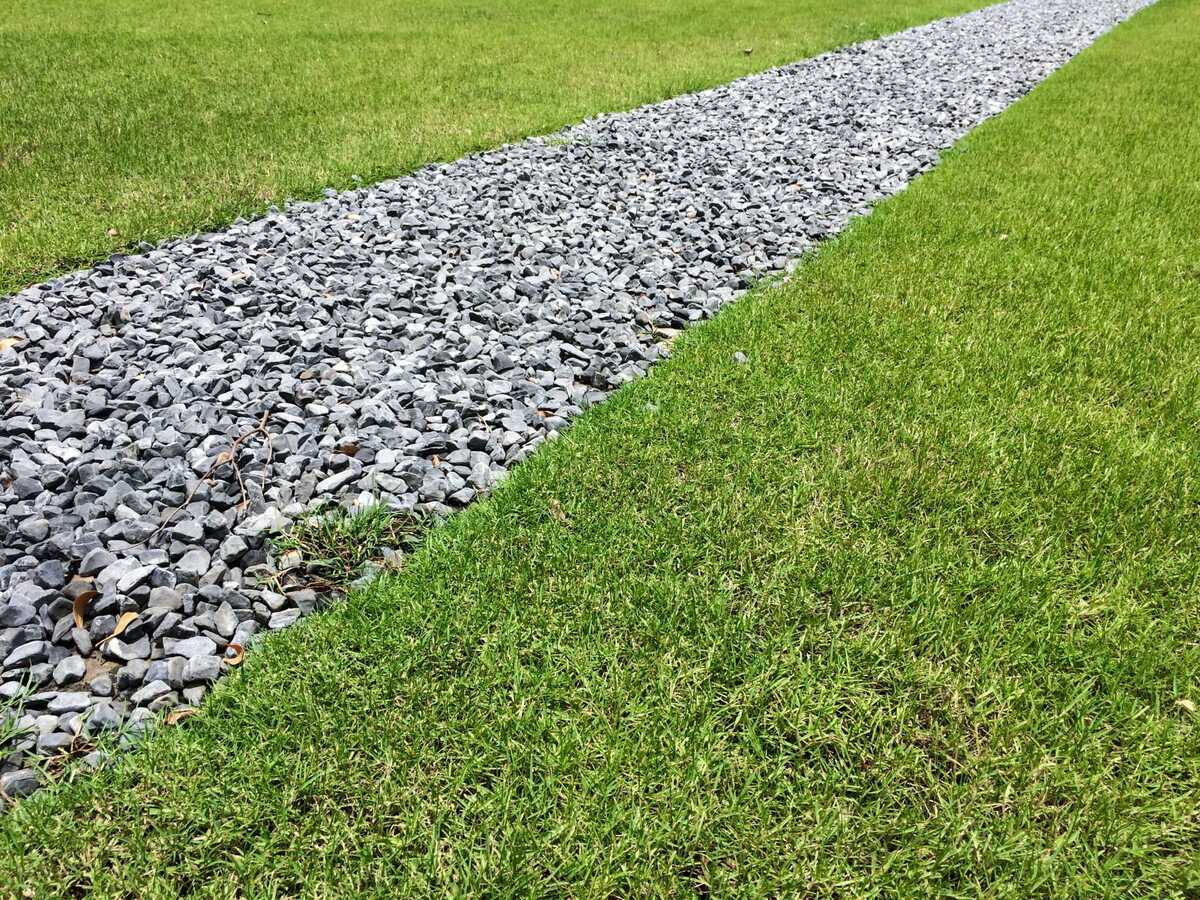
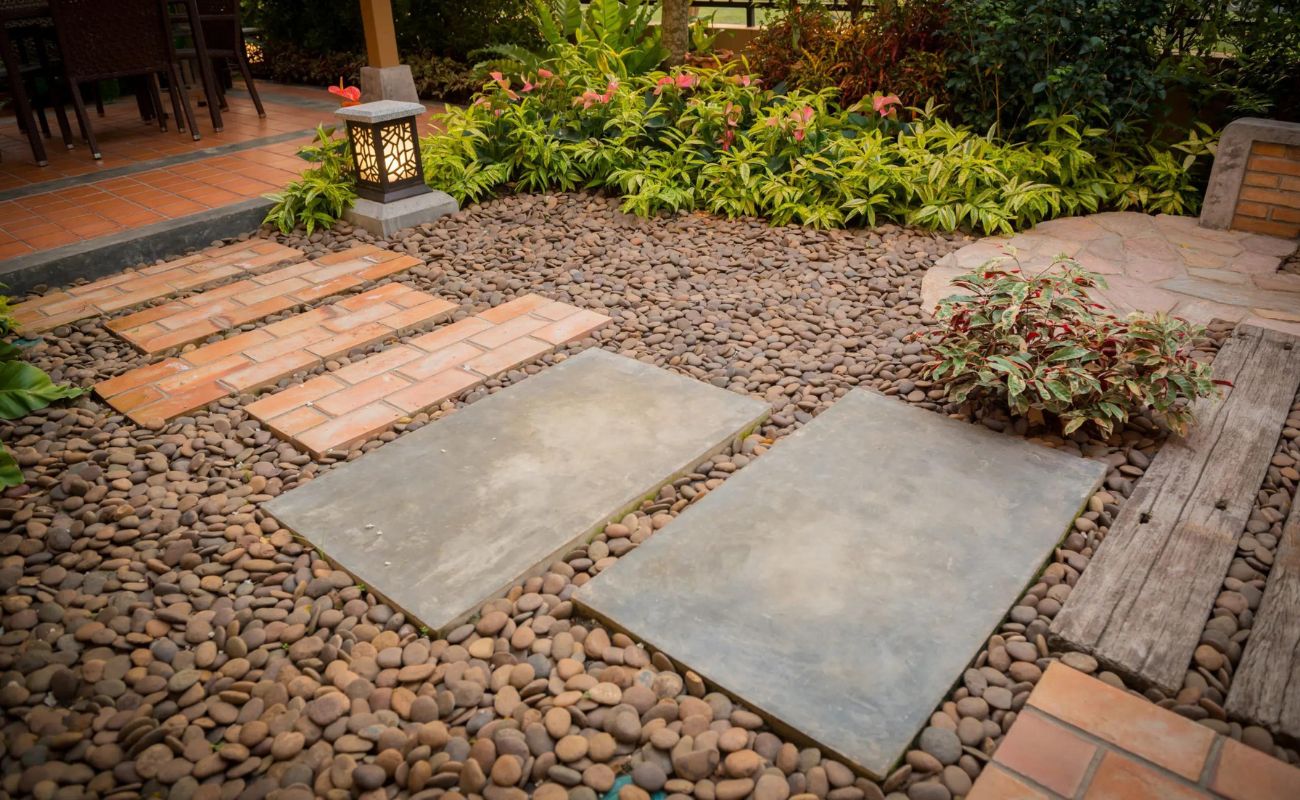
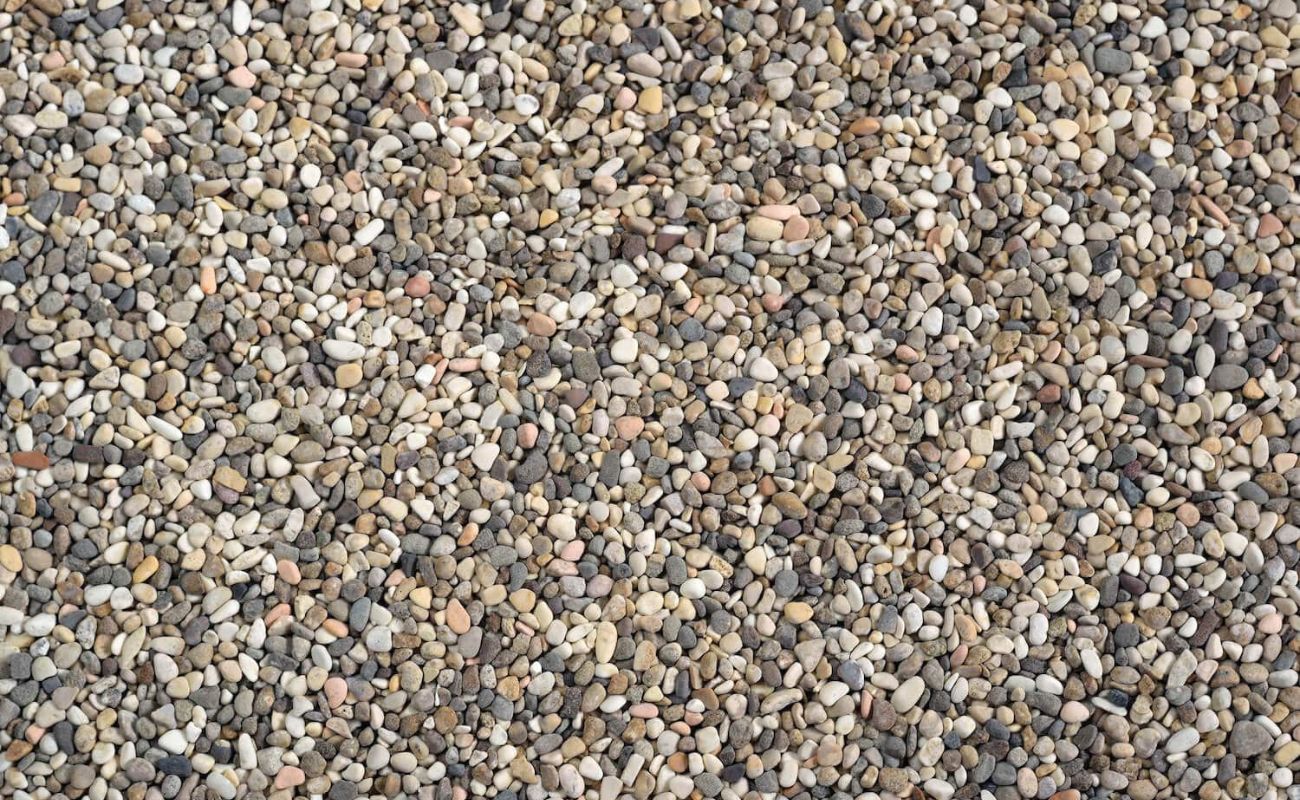
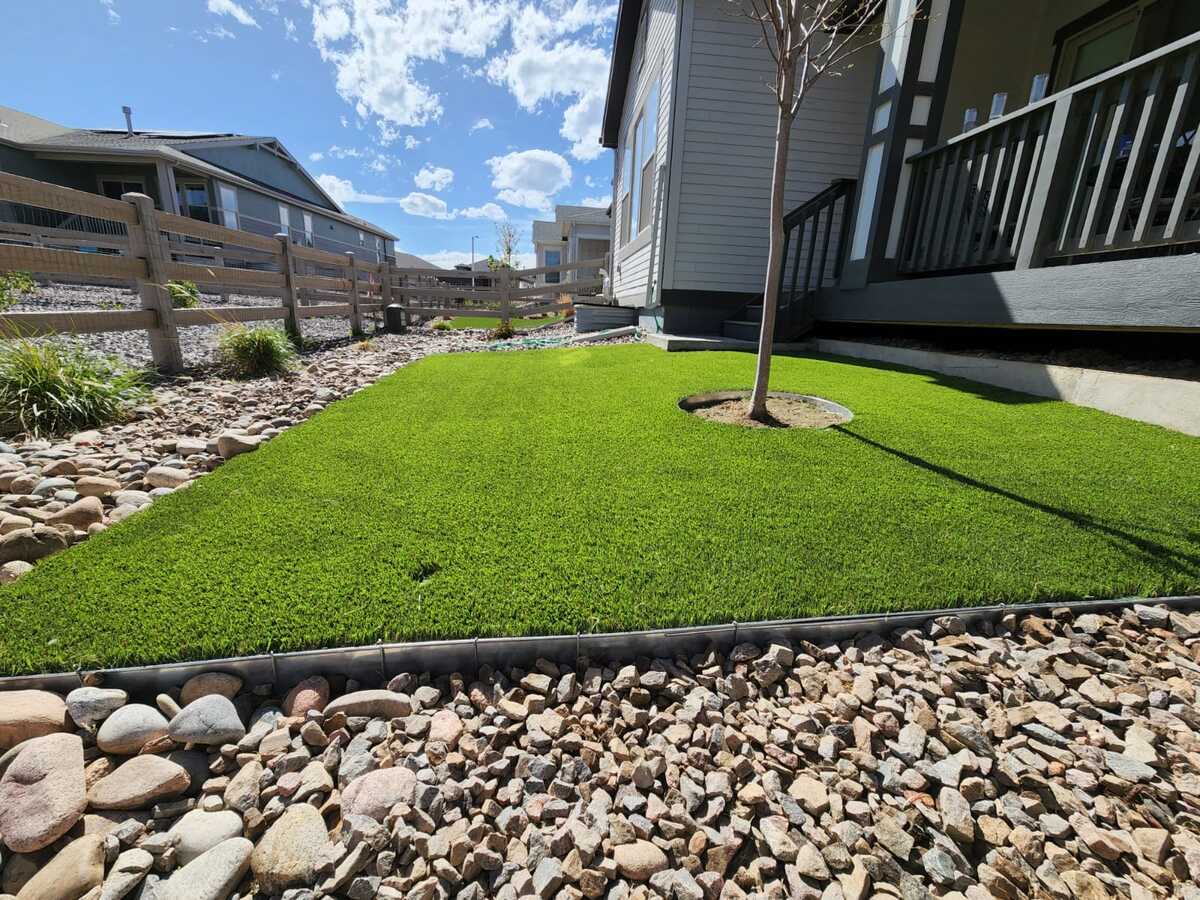
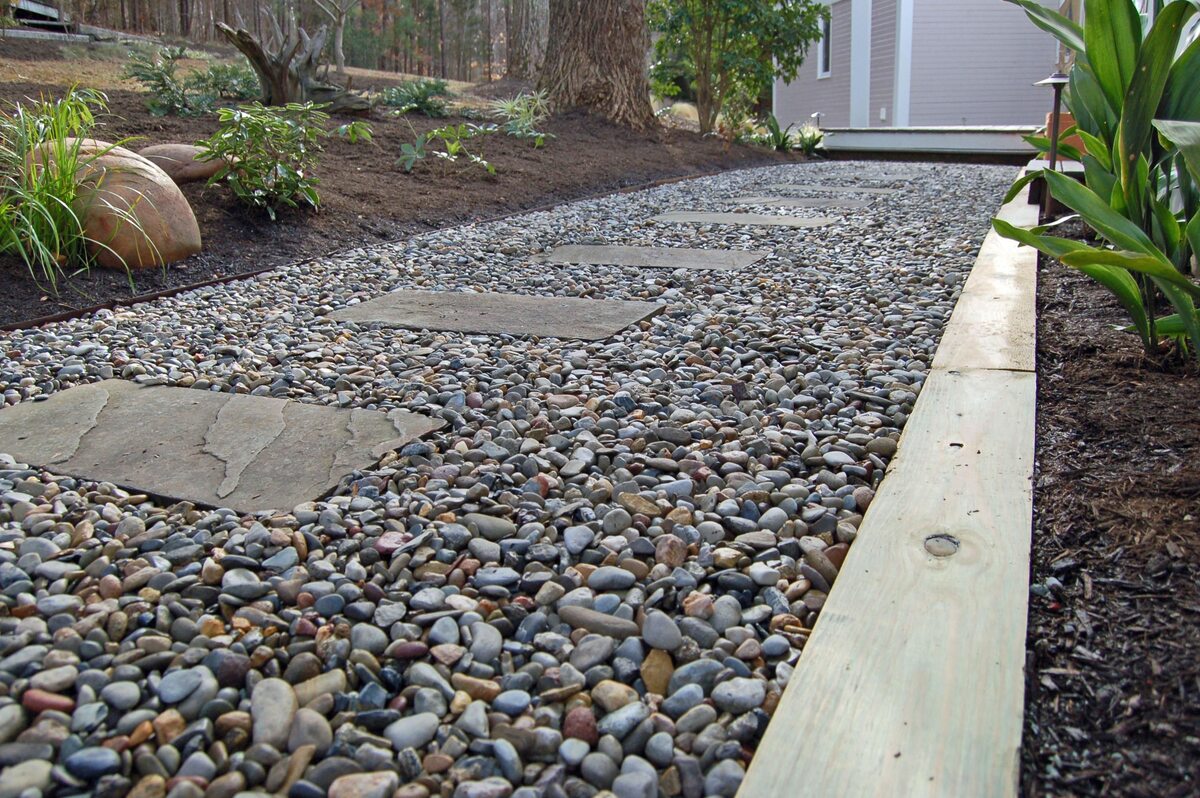
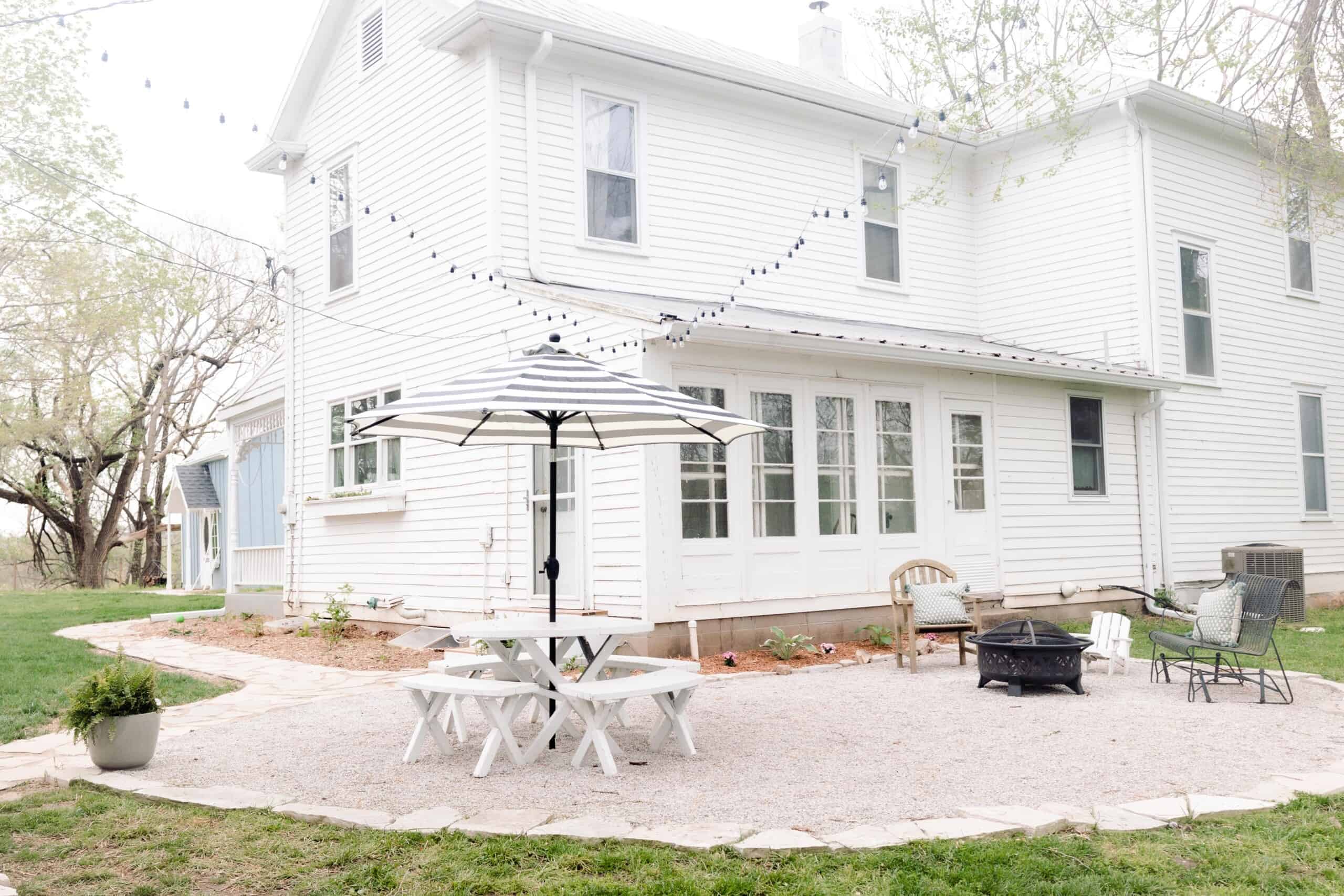
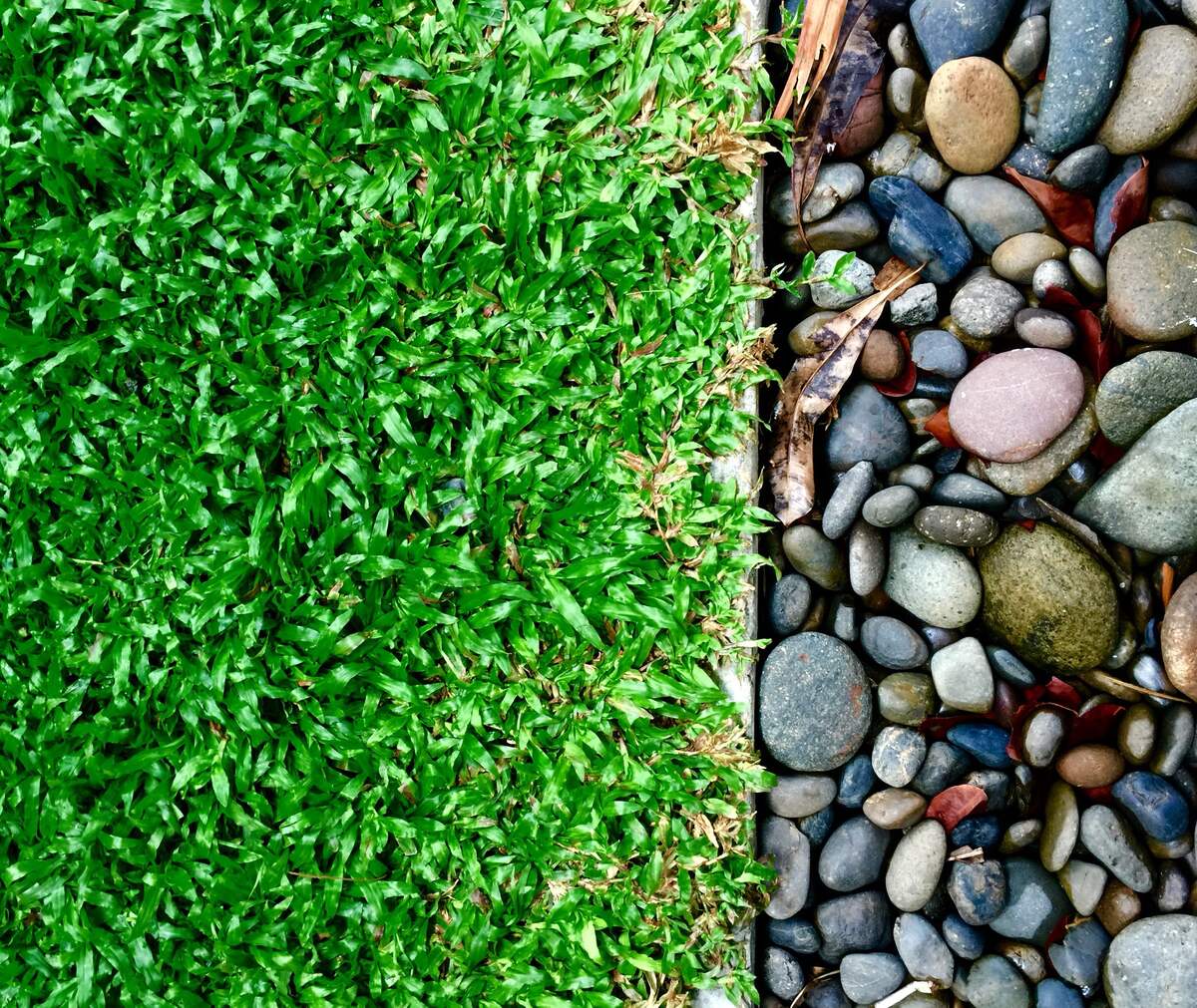
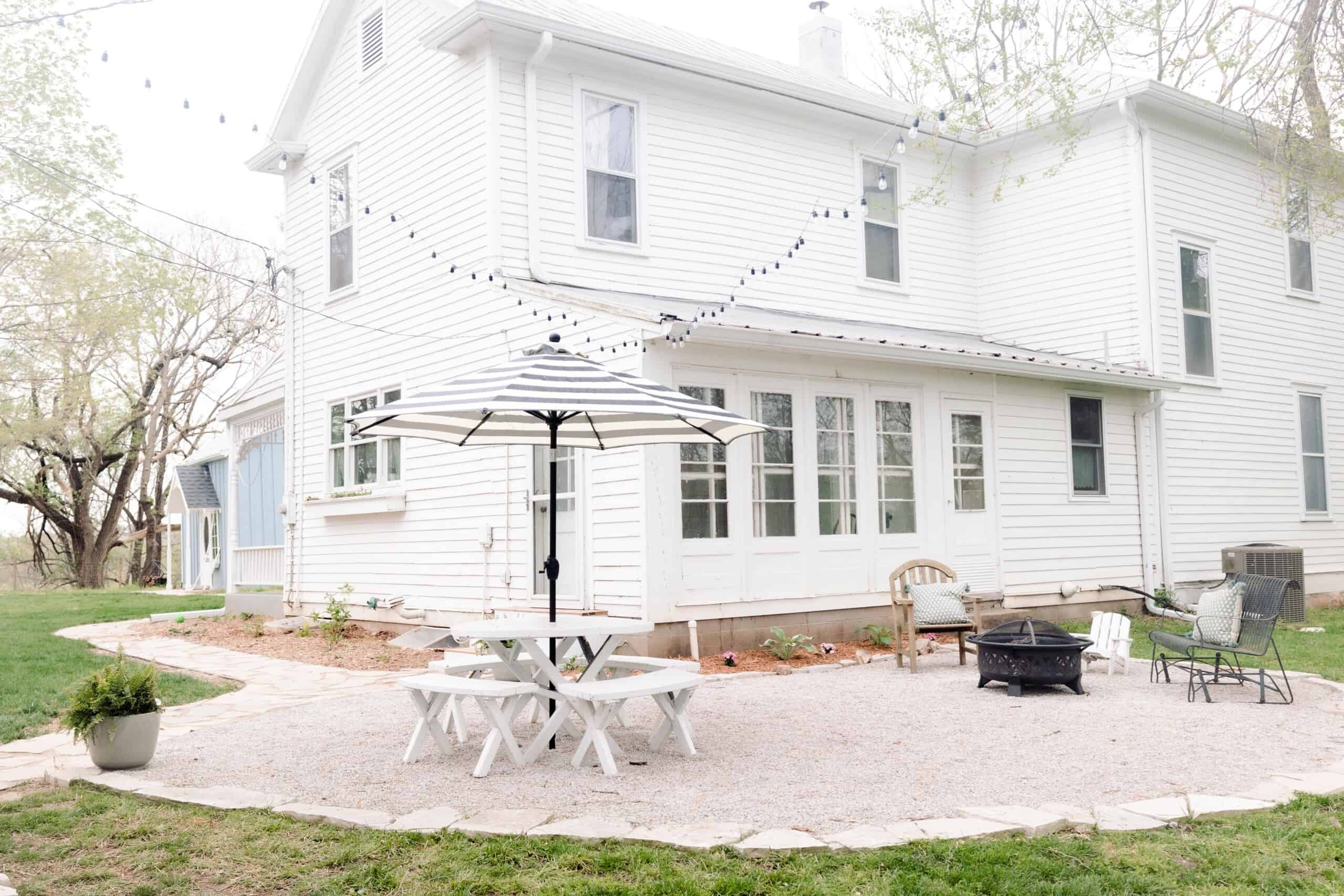
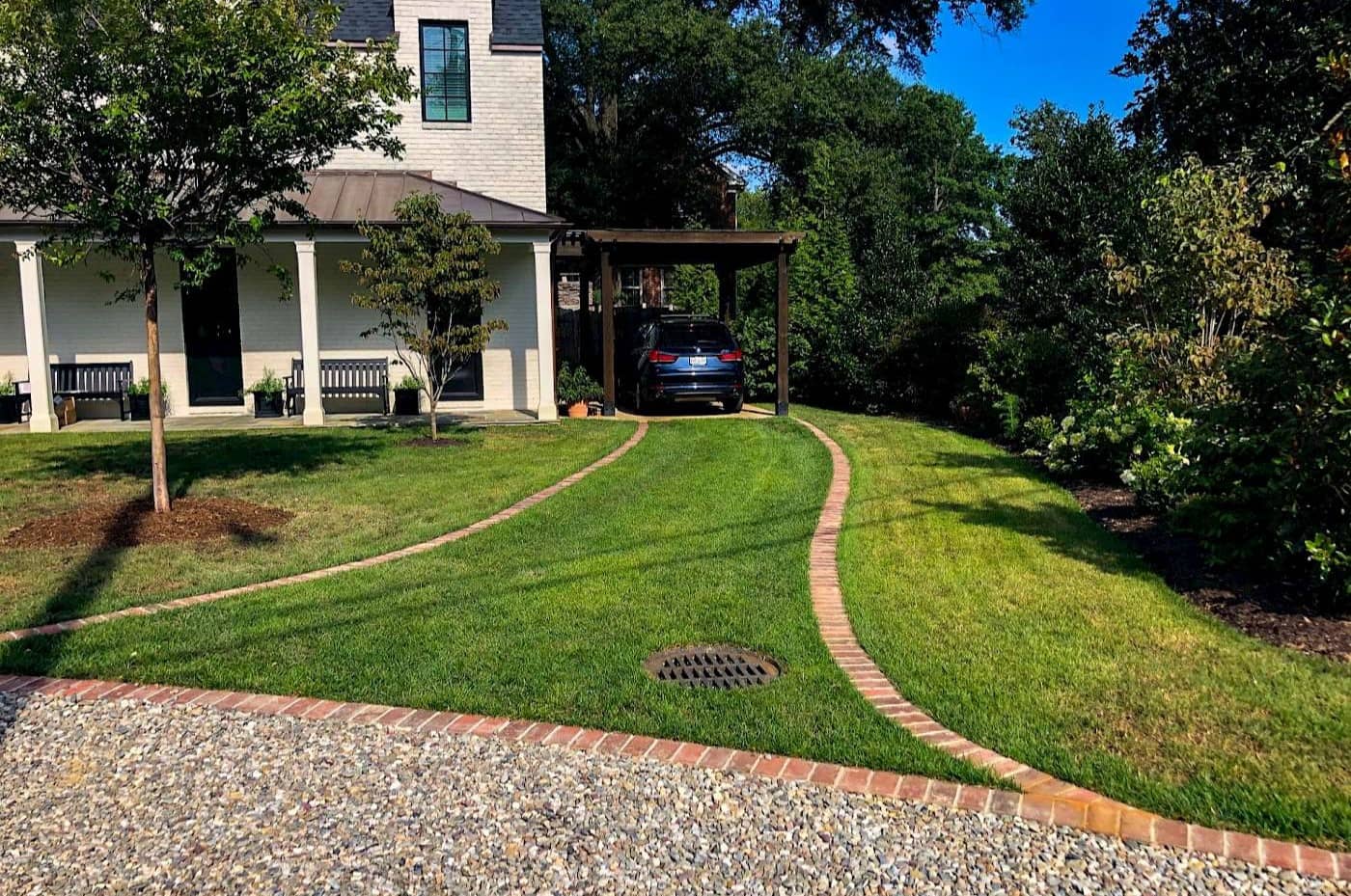
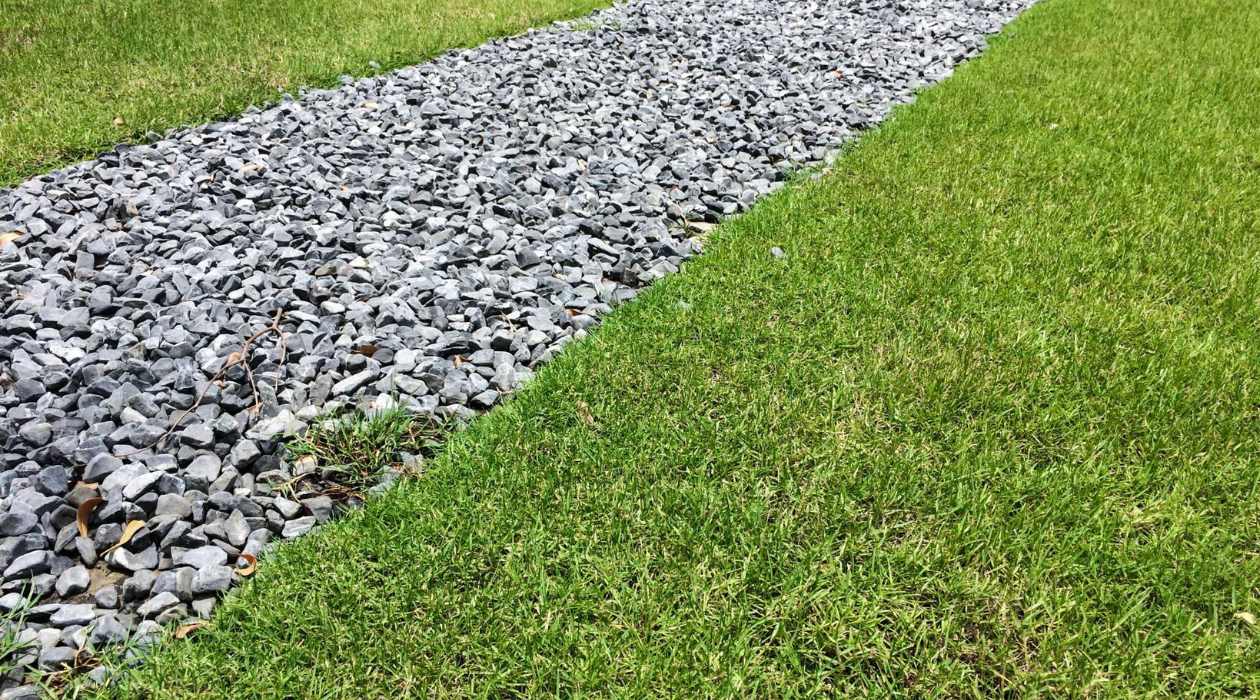
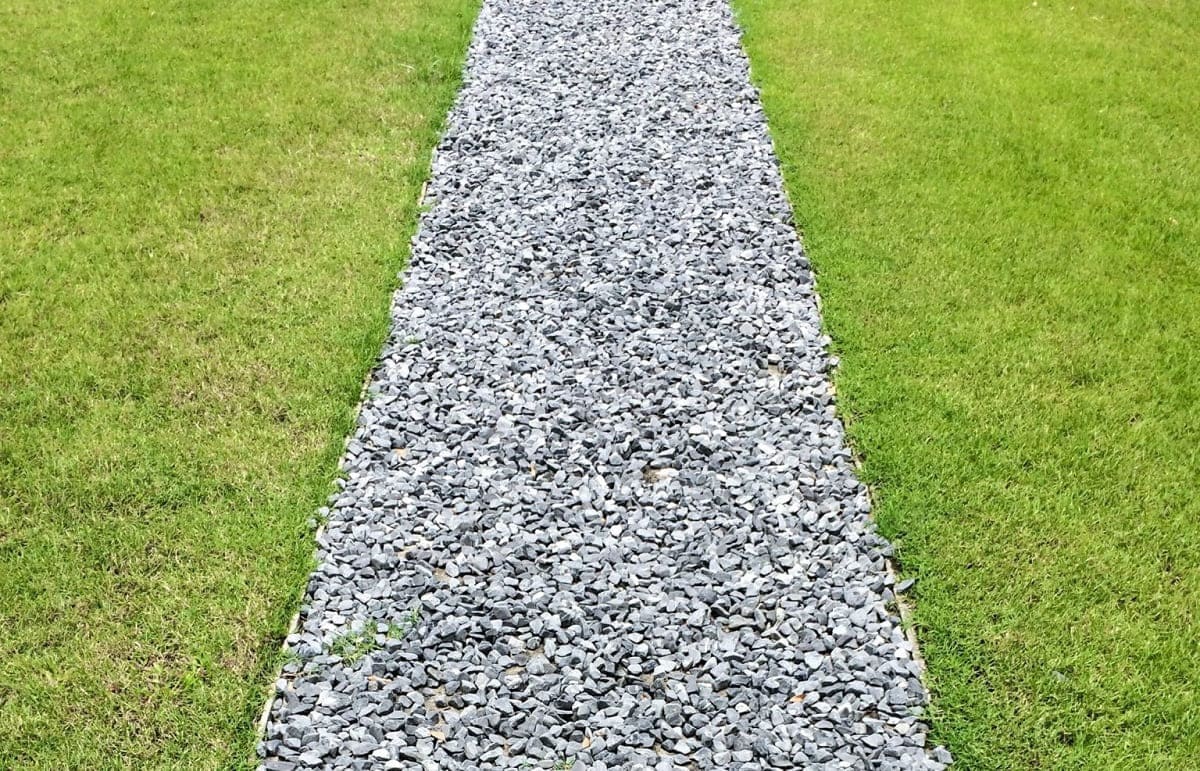
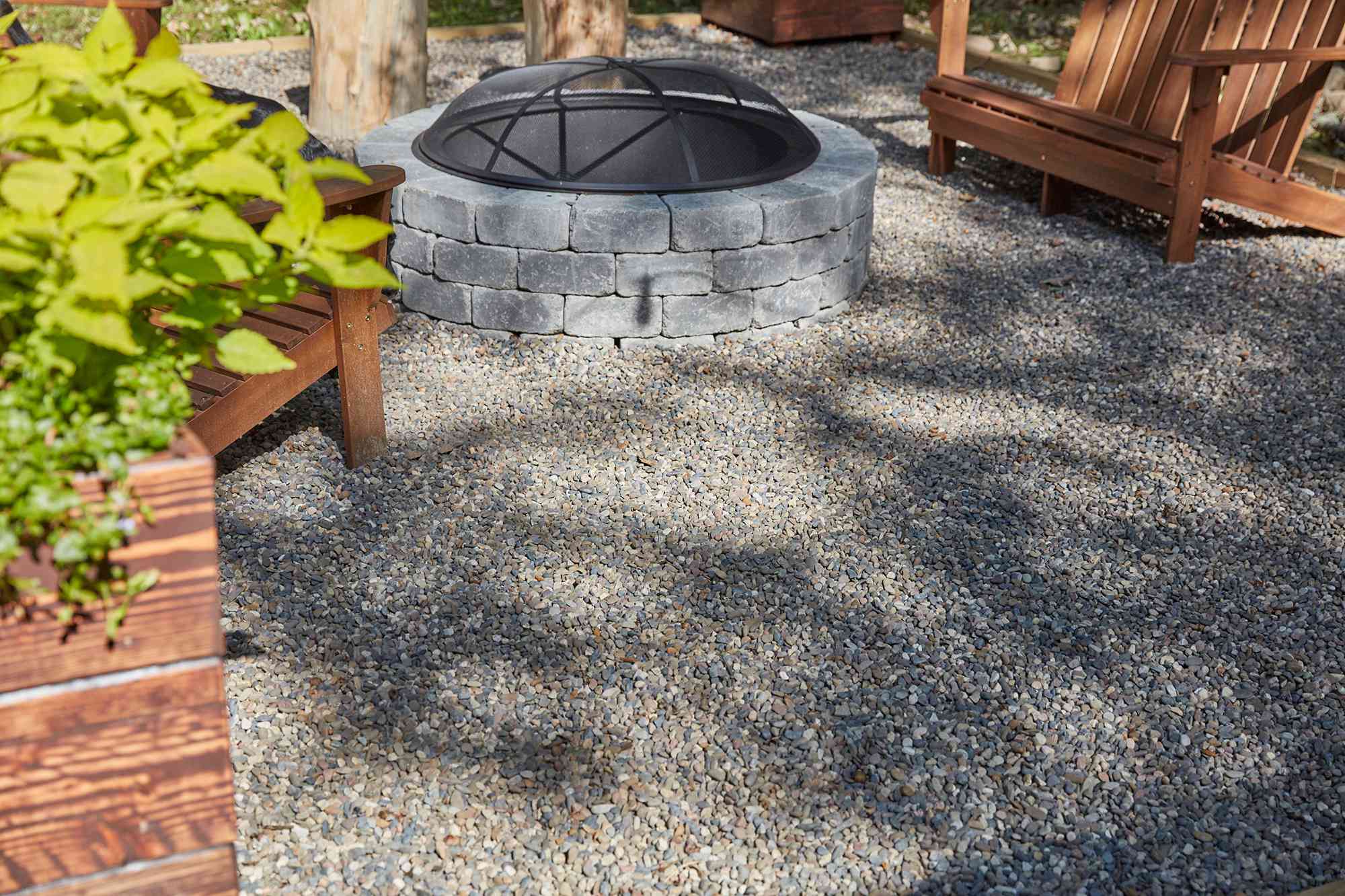
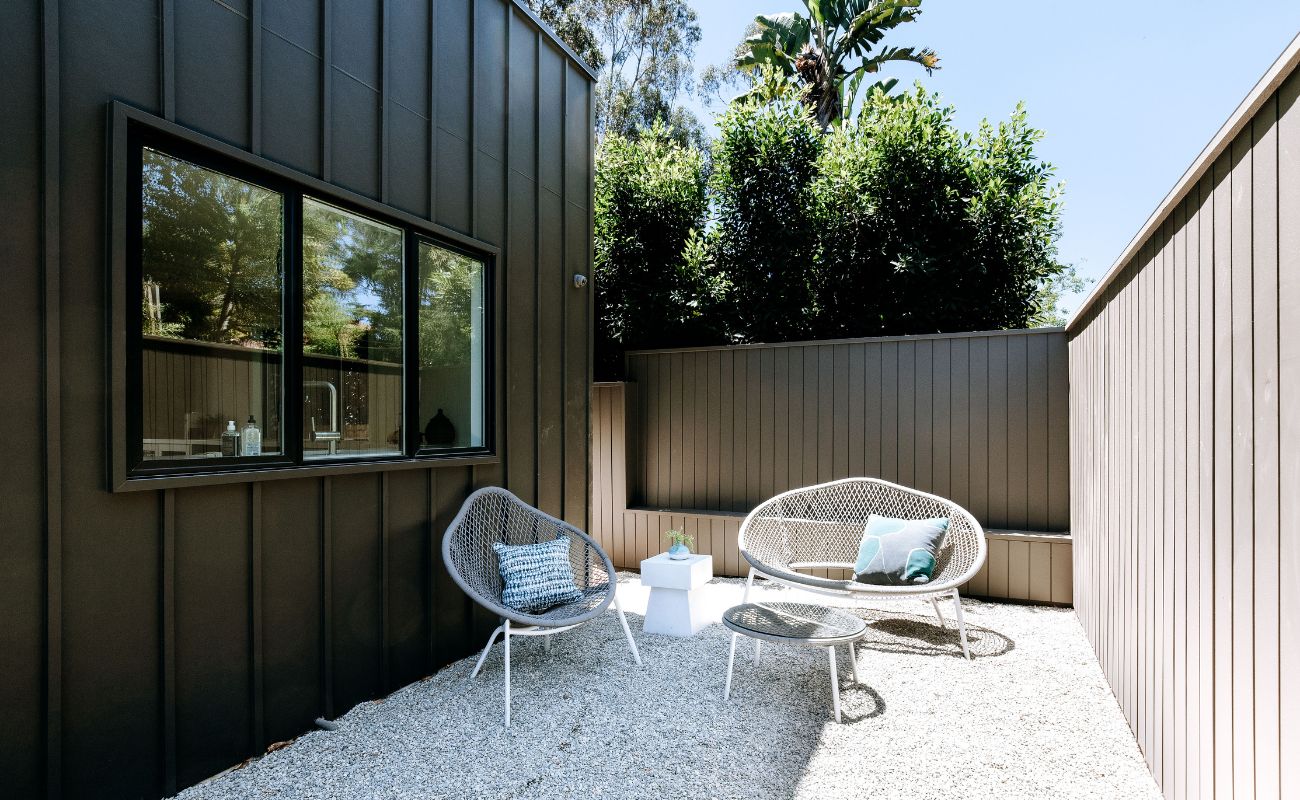
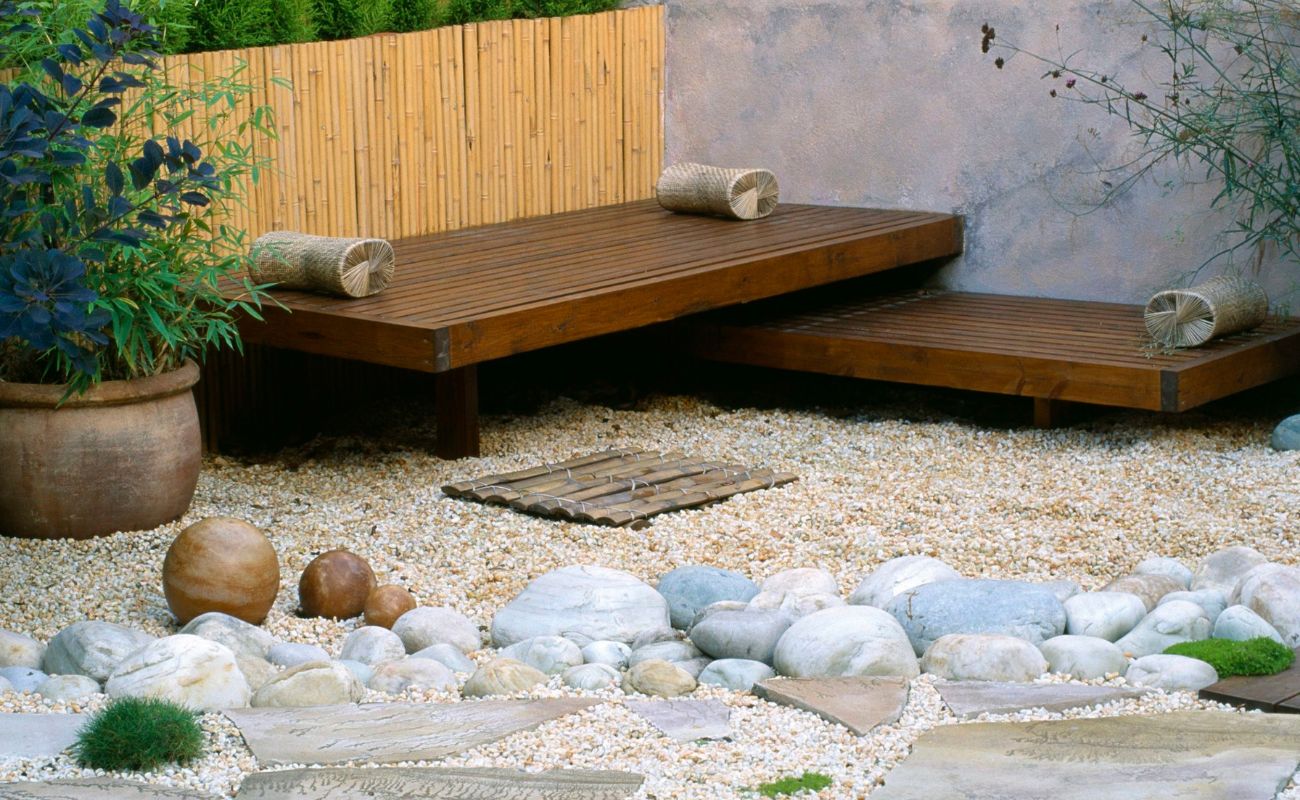
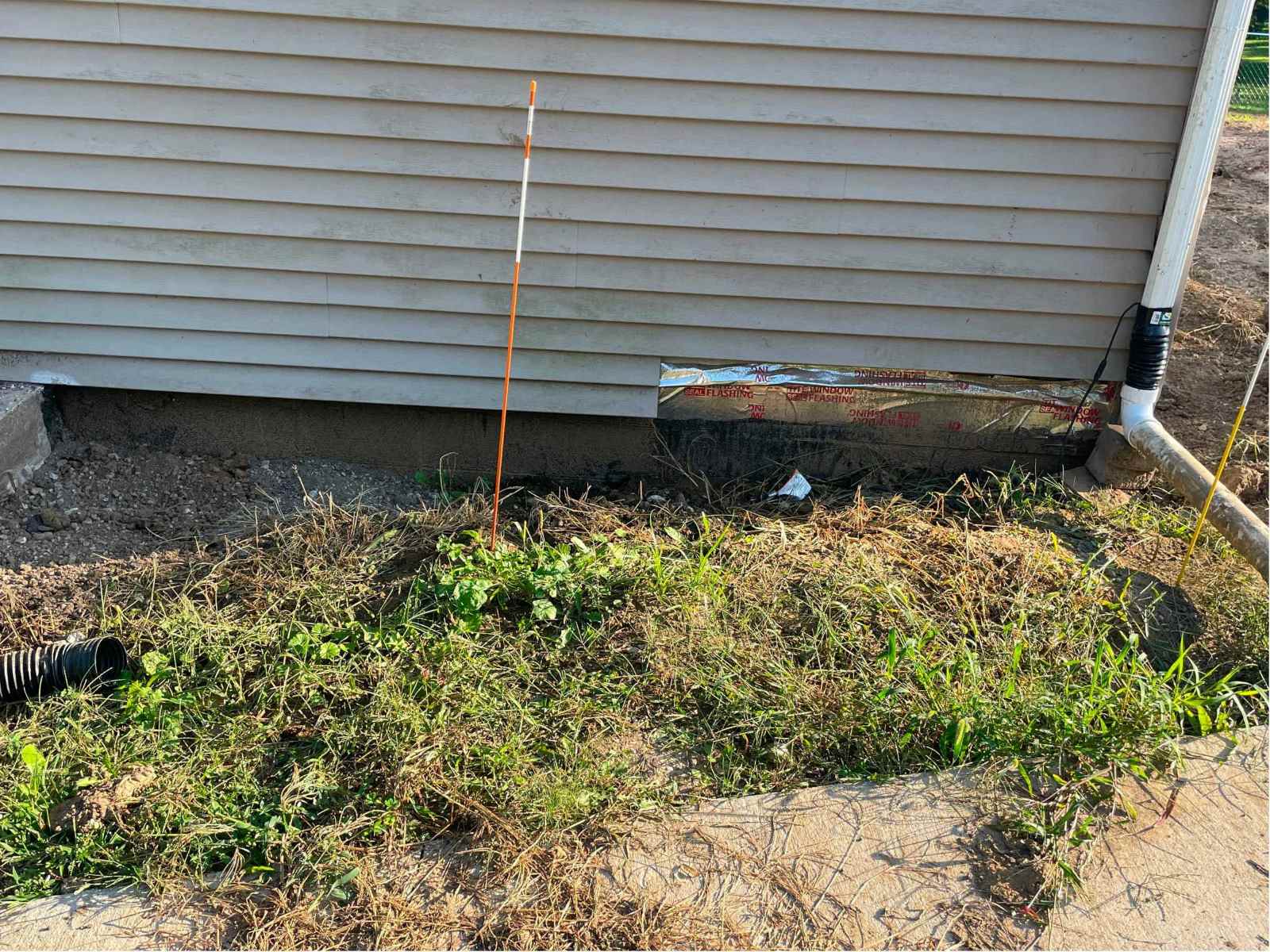

0 thoughts on “How To Cover Grass With Gravel”